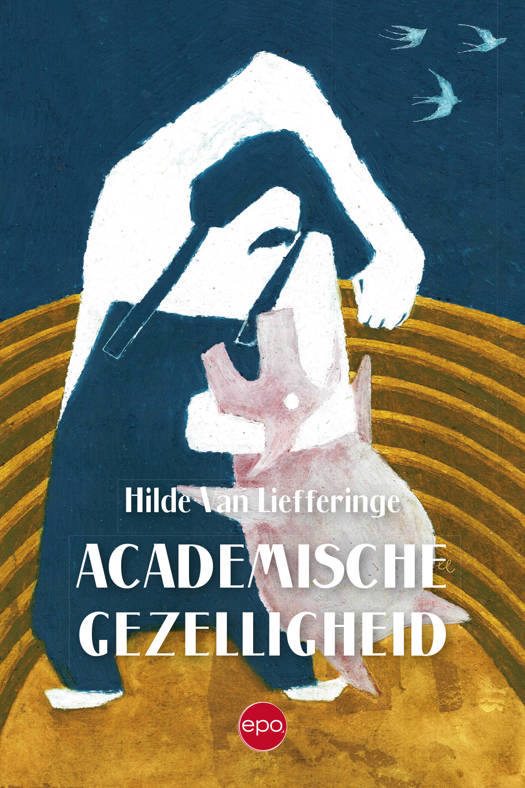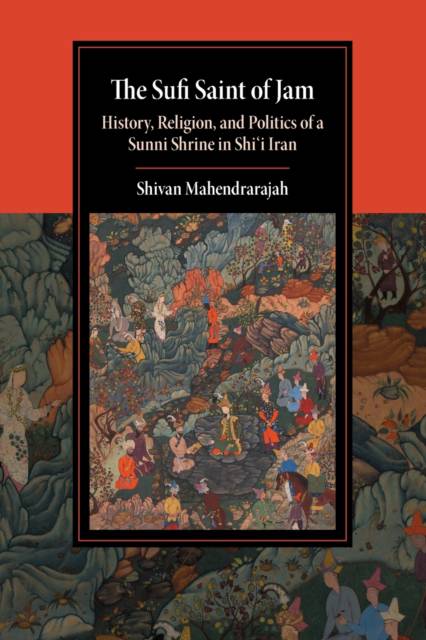
- Afhalen na 1 uur in een winkel met voorraad
- Gratis thuislevering in België vanaf € 30
- Ruim aanbod met 7 miljoen producten
- Afhalen na 1 uur in een winkel met voorraad
- Gratis thuislevering in België vanaf € 30
- Ruim aanbod met 7 miljoen producten
Zoeken
The Sufi Saint of Jam
History, Religion, and Politics of a Sunni Shrine in Shi'i Iran
Shivan Mahendrarajah
€ 64,95
+ 129 punten
Uitvoering
Omschrijving
The Sunni saint cult and shrine of Ahmad-i Jam has endured for 900 years. The shrine and its Sufi shaykhs secured patronage from Mongols, Kartids, Tamerlane, and Timurids. The cult and shrine-complex started sliding into decline when Iran's shahs took the Shiʿi path in 1501, but are today enjoying a renaissance under the (Shiʿi) Islamic Republic of Iran. The shrine's eclectic architectural ensemble has been renovated with private and public funds, and expertise from Iran's Cultural Heritage Organization. Two seminaries (madrasa) that teach Sunni curricula to males and females were added. Sunni and Shiʿi pilgrims visit to venerate their saint. Jami mystics still practice ʿirfan ('gnosticism'). Analyzed are Ahmad-i Jam's biography and hagiography; marketing to sultans of Ahmad as the 'Guardian of Kings'; history and politics of the shrine's catchment area; acquisition of patronage by shrine and shaykhs; Sufi doctrines and practices of Jami mystics, including its Timurid-era Naqshbandi Sufis.
Specificaties
Betrokkenen
- Auteur(s):
- Uitgeverij:
Inhoud
- Aantal bladzijden:
- 306
- Taal:
- Engels
- Reeks:
Eigenschappen
- Productcode (EAN):
- 9781108813570
- Verschijningsdatum:
- 10/11/2022
- Uitvoering:
- Paperback
- Formaat:
- Trade paperback (VS)
- Afmetingen:
- 152 mm x 229 mm
- Gewicht:
- 412 g

Alleen bij Standaard Boekhandel
+ 129 punten op je klantenkaart van Standaard Boekhandel
Beoordelingen
We publiceren alleen reviews die voldoen aan de voorwaarden voor reviews. Bekijk onze voorwaarden voor reviews.











